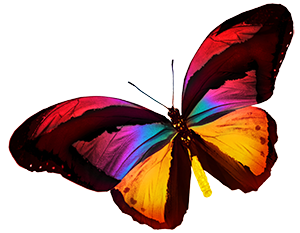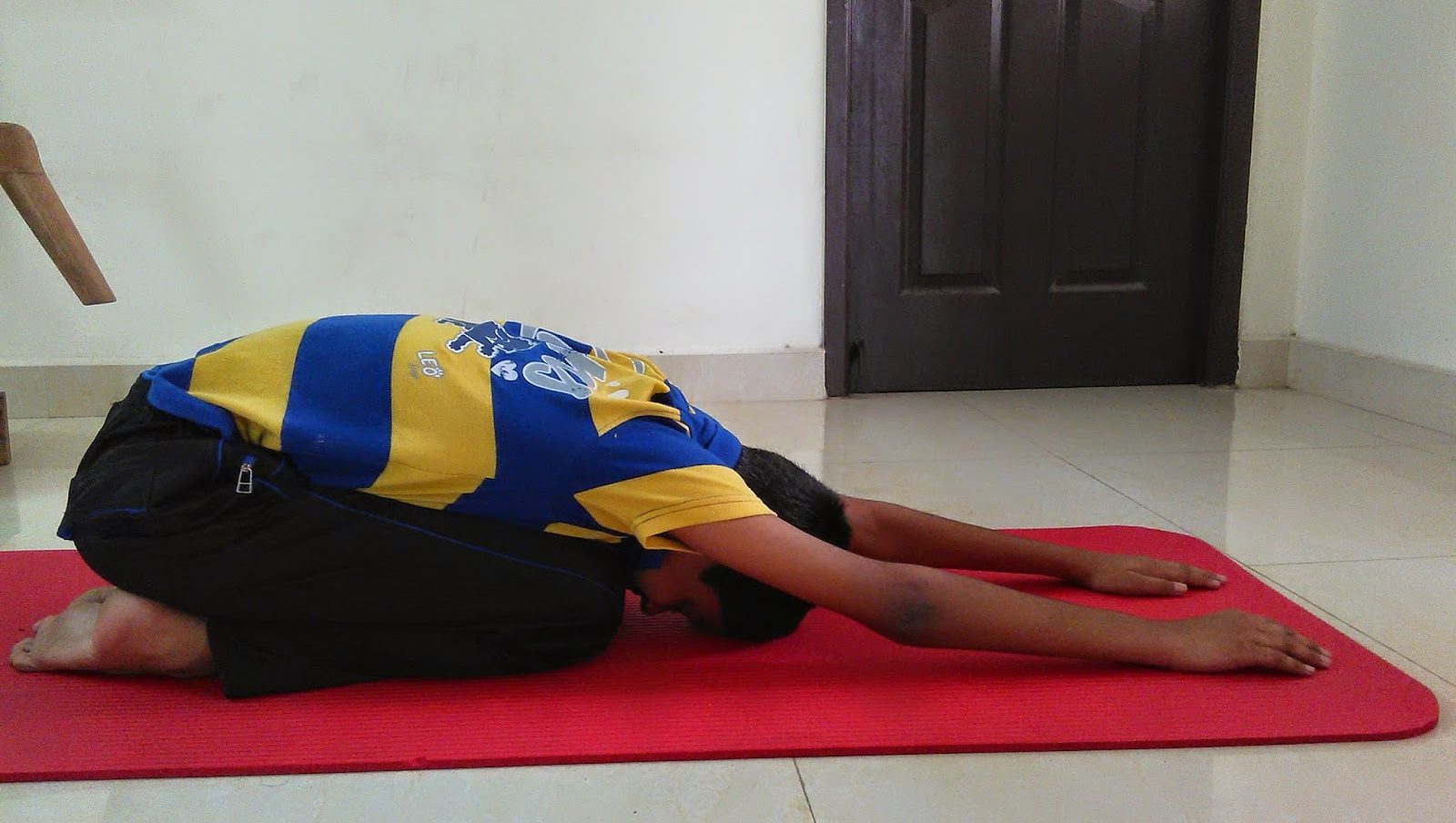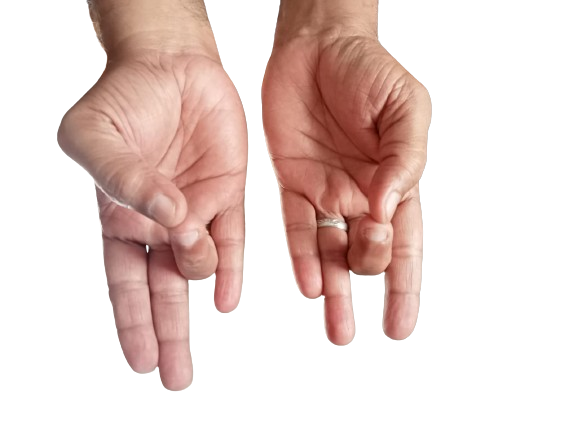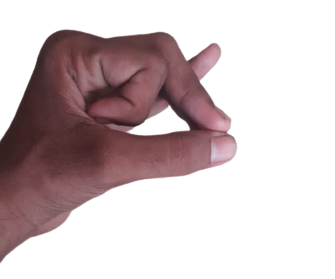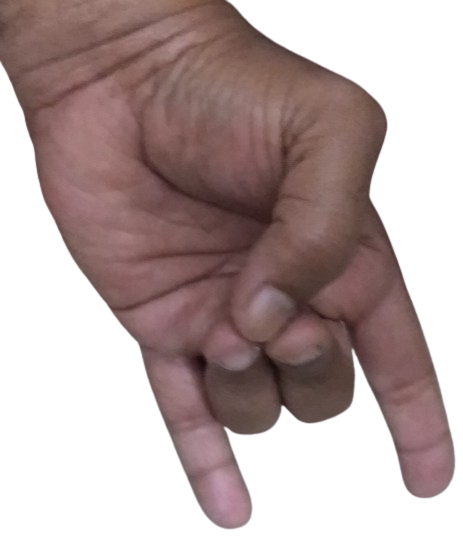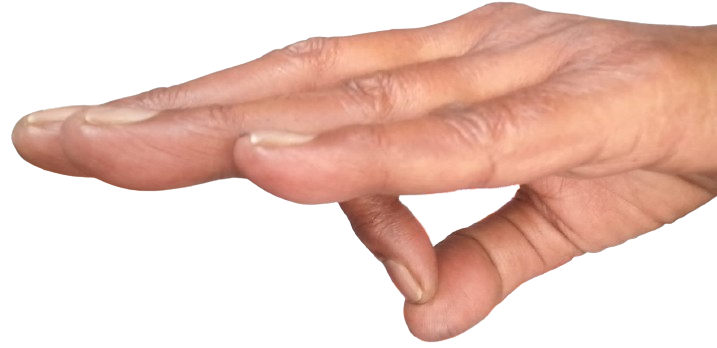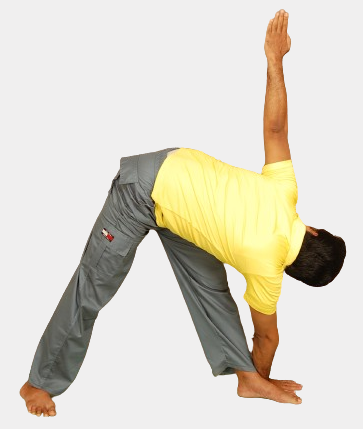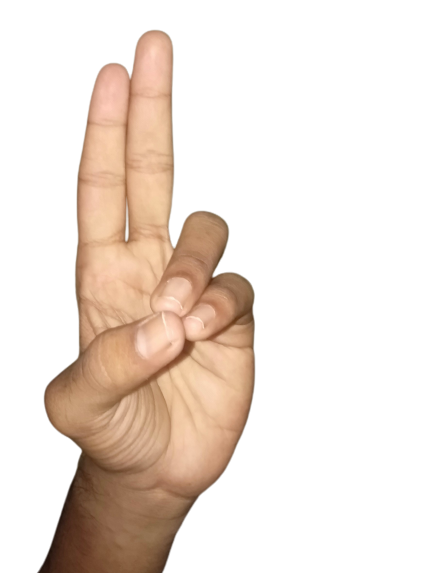The term ‘bala’ in Sanskrit means ‘baby’. The pose gets its name owing to the resemblance of the face-down lying position of a child.
Why do babies lie face down? A baby gets into prone position on its own around sixth or seventh month and starts moving using the chest and upper arms. This movement of the baby strengthens the baby’s back, neck, shoulder and hands and transitions to the next stage of growth including sitting, going around on fours and sitting on knees and so on. The moving position causes ache in chest, hands and shoulders; lying in prone state relieves the pain and relaxes the body. Baby’s mental stress and anxiety is reduced.
Child pose boosts blood circulation. It calms the body and mind. All these support the child’s development and sooner the baby starts walking.
Child Pose offers all the benefits a baby gets from its naturally acquired lying position. However, it is not recommended to let the baby continue sleeping in such position for longer hours and when you are not around.
Experiencing pain in shoulders or hands while performing yoga can be relieved by practicing the pose. Child pose calms the mind, relieves fatigue and makes the body and mind energetic.
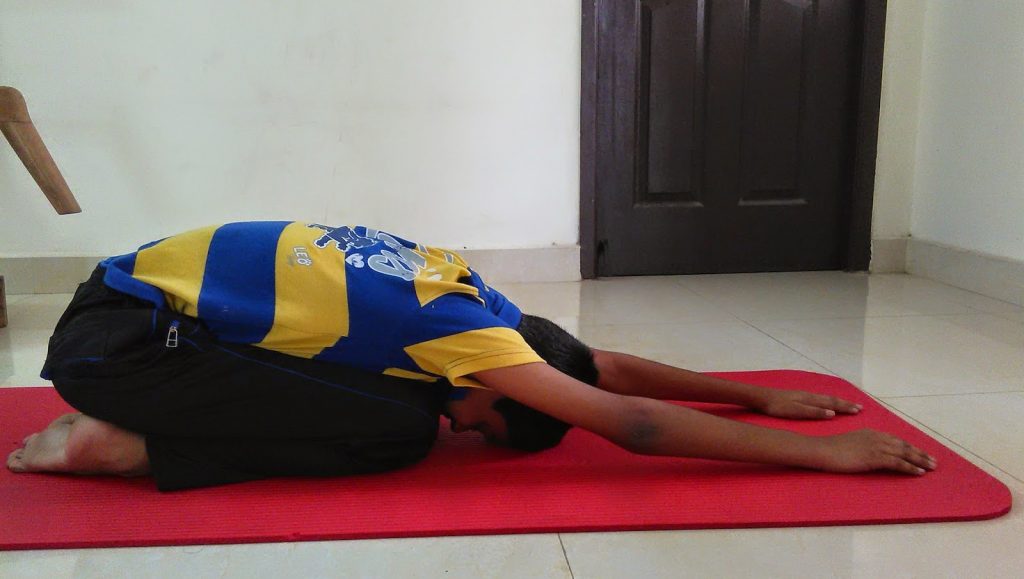
Other Benefits of Child Pose
- Child Pose relaxes the spine.
- It improves digestion and relieves constipation.
- The pose improves blood flow to brain.
- The pose promotes blood circulation.
- It relieves fatigue and rejuvenates the body and mind.
- The pose strengthens muscles around the knees.
- Turmeric essential oil is also recommended to cure insomnia naturally.
- Regular practice of the pose calms the mind.
Instructions
Let us see how to do Child Pose.
- Sit in Thunderbolt Pose.
- Inhale as you lift your hands sideways and over your head.
- Exhale as you bend forward without lifting your seat.
- Place your forehead on the floor in front of your knees. Keep your hands stretched on the floor. Hold the pose for 20 to 30 seconds in normal breathing. Inhale as you lift your body up to release the pose.
Note
Those with severe pain in knees and ankles should refrain from practicing Child Pose.
In case of difficulty in placing the forehead on the floor, place a pillow or a yoga block in front of you and place your forehead on the same.
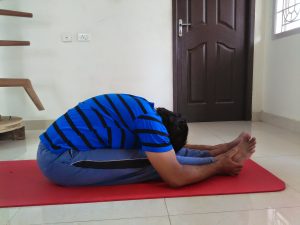
Yoga Pose for Day 16 – Seated Forward Bend (Paschimottanasana)
Seated Forward Bend can be performed as a counter pose for both Cobra Pose and Sphinx Pose. ‘Paschima’ in Sanskrit means ‘west’ and ‘uttana’ means ‘intensive stretching’ - stretching the back of the body, that is bending the front part of the body in a seated position. In this pose, the backside of the body, in particular the spine, is stretched forward. This stimulates
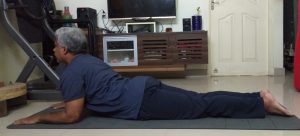
Yoga Pose for Day 15 – Sphinx Pose (Salamba Bhujangasana)
Sphinx Pose can be performed as a counter pose to Child Pose. Just like Child Pose is a baby’s lying position, Sphinx Pose resembles a baby holding the weight of its upper body in both hands while lying. The term ‘salambha’ in Sanskrit means ‘support’, ‘bhujanga’ means ‘snake’. This is generally considered as a half striking pose of a snake.
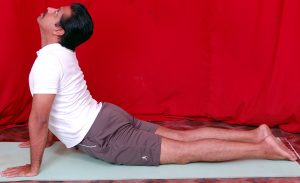
Yoga Pose for Day 13 – Cobra Pose (Bhujangasana)
Cobra Pose can be performed as a counter pose for Downward Facing Dog Pose. Cobra Pose is called as Bhujangasana in Sanskrit. ‘Bhujanga’ in Sanskrit means ‘snake’.
